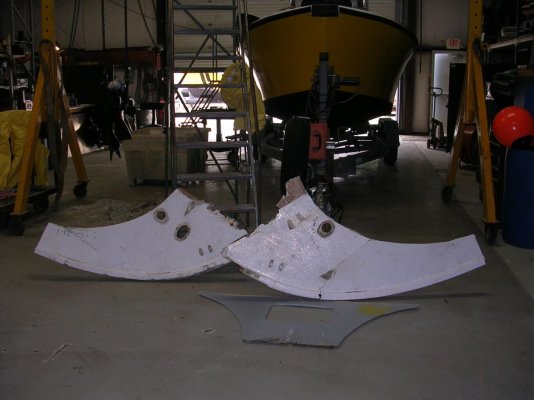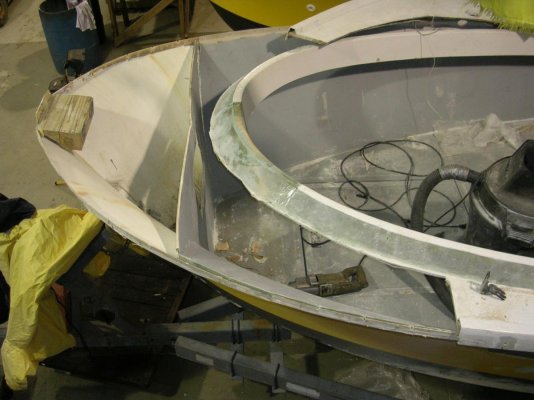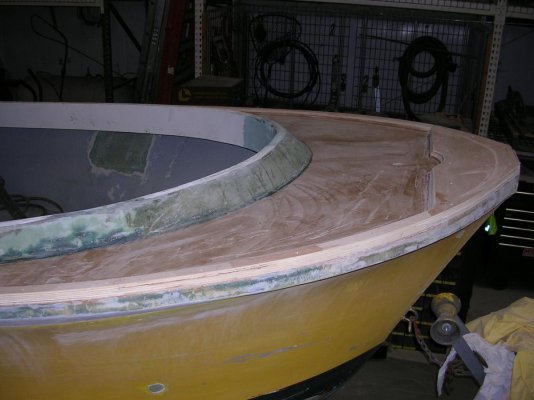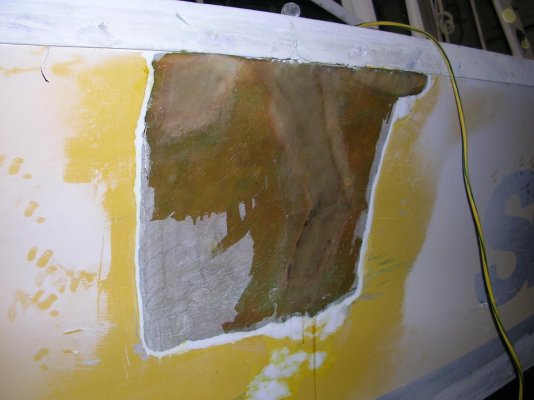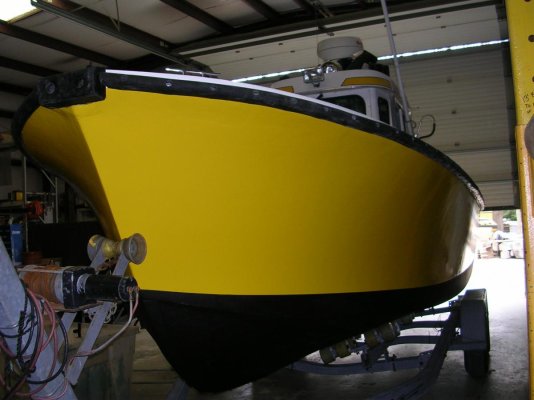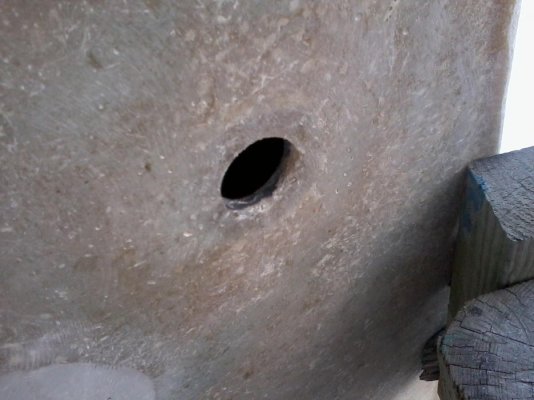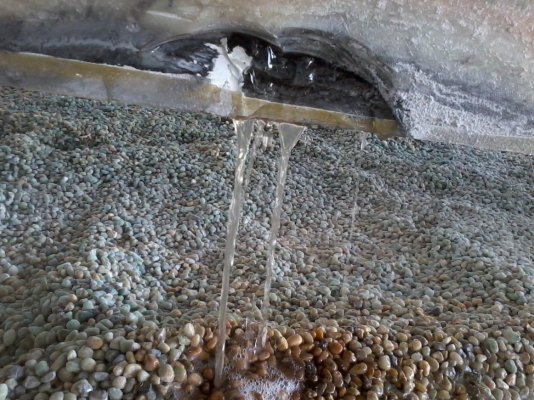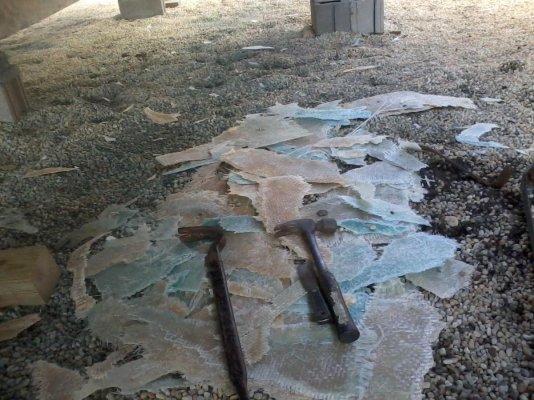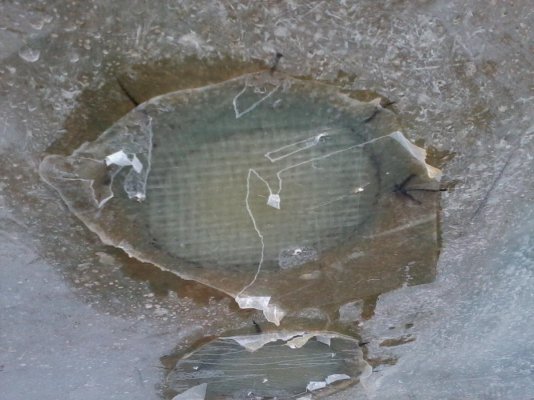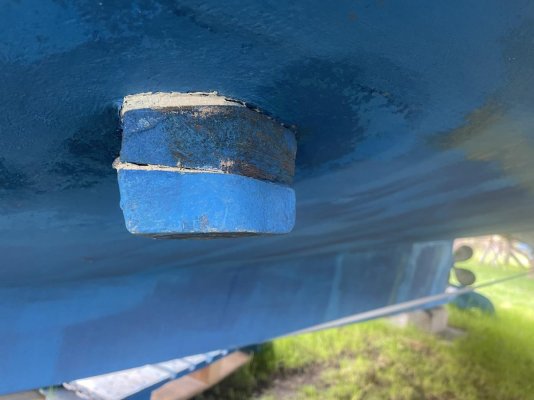CharlieO.
Guru
- Joined
- Sep 21, 2020
- Messages
- 1,748
- Location
- Lake Champlain Vermont, USA
- Vessel Name
- Luna C.
- Vessel Make
- 1977 Marine Trader 34DC
I need to remove two of these transducers, one on each side. I am assuming the the hull is 1/2 inch thick or more solid fiberglass.
I have good access from both sides of the hull.
How far do I need to taper my hole back?
Do I need to do anything to the repair before bottom painting?
I have West Marine resin epoxy, some light/mid weight fiberglass cloth, and some fiberglass mat. All compatible with the resin.
Any tips and pointers welcomed. This is my first fiberglass work on the exterior hull below waterline.
Thanks
I have good access from both sides of the hull.
How far do I need to taper my hole back?
Do I need to do anything to the repair before bottom painting?
I have West Marine resin epoxy, some light/mid weight fiberglass cloth, and some fiberglass mat. All compatible with the resin.
Any tips and pointers welcomed. This is my first fiberglass work on the exterior hull below waterline.
Thanks




